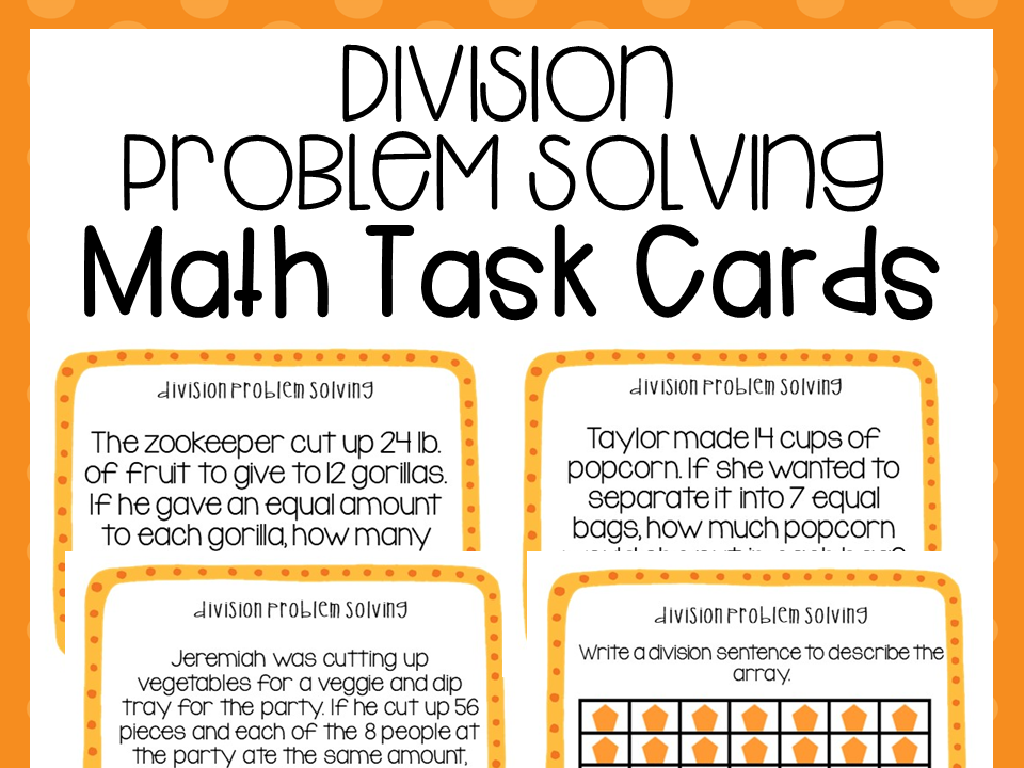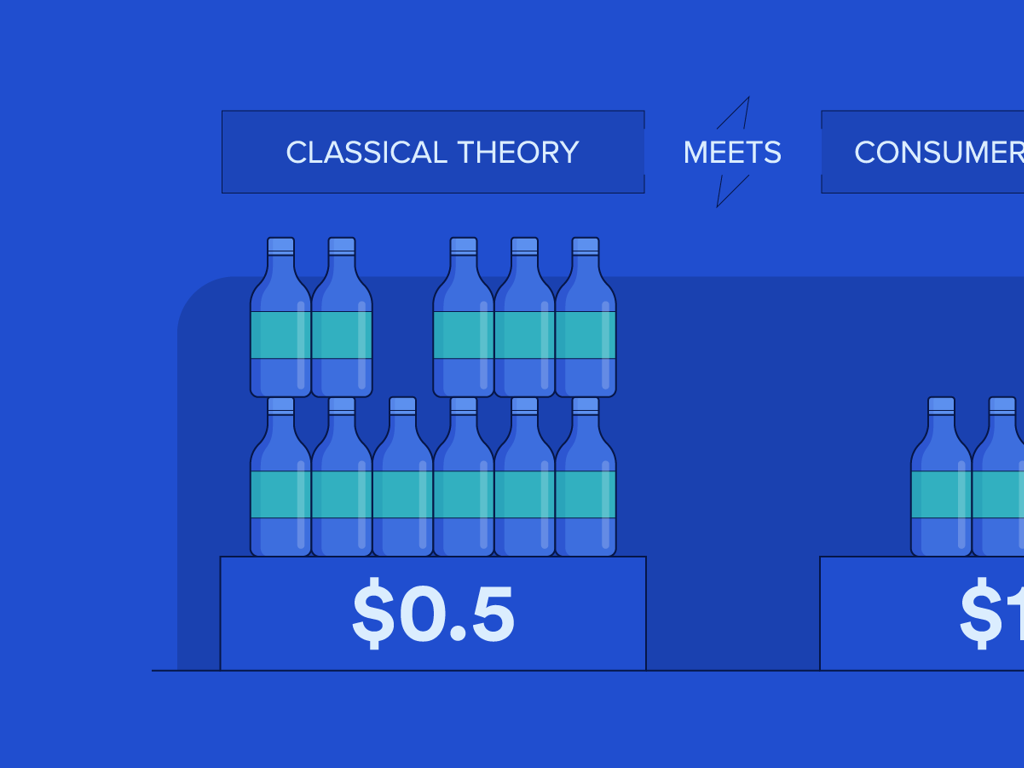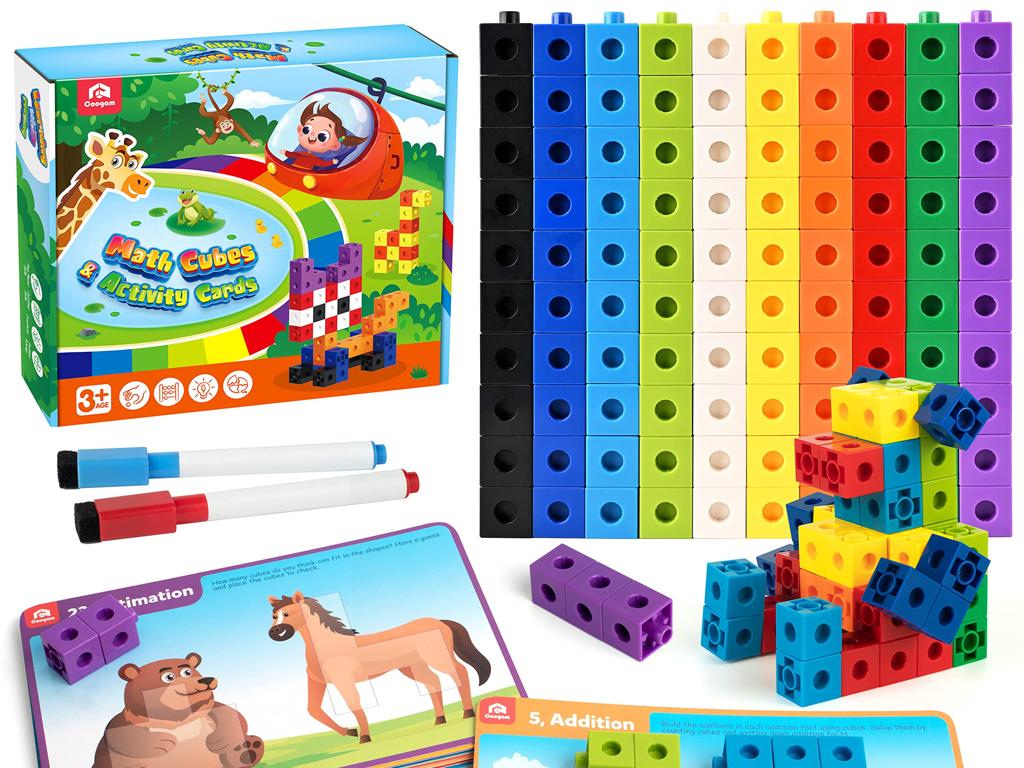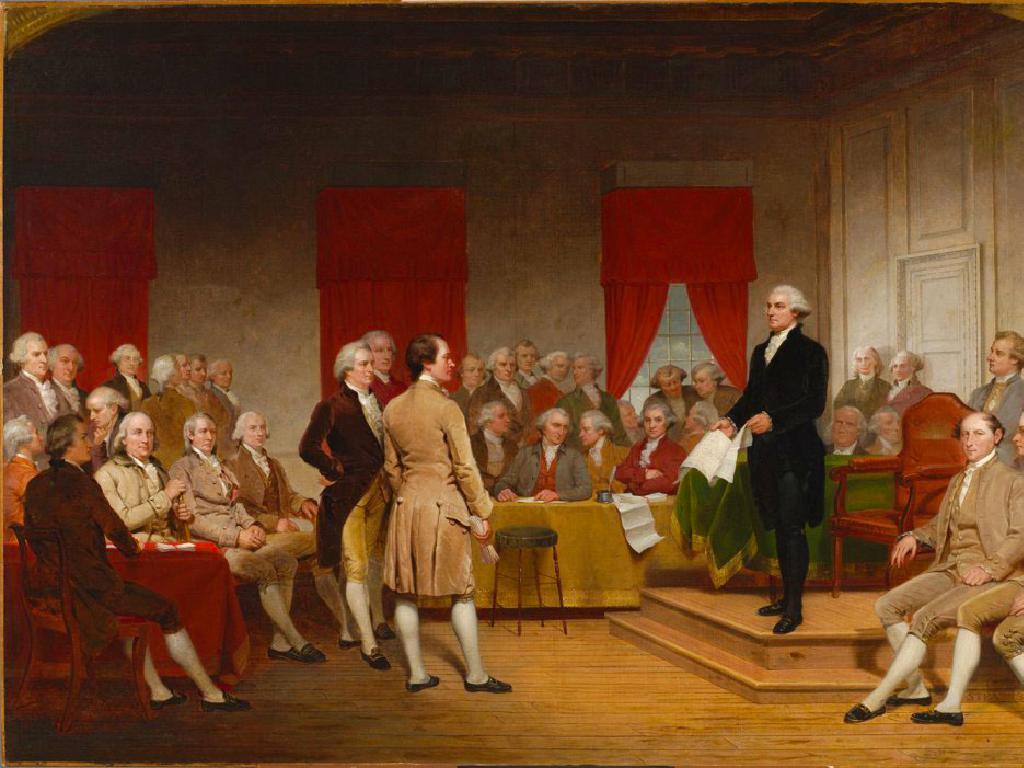Is The Sentence A Statement, Question, Command, Or Exclamation?
Subject: Language arts
Grade: Third grade
Topic: Sentences, Fragments, And Run-Ons
Please LOG IN to download the presentation. Access is available to registered users only.
View More Content
Today’s Adventure: Understanding Sentences!
– What is a complete sentence?
– A complete sentence has a subject, a verb, and expresses a complete thought.
– Types of sentences in daily use
– We use statements, questions, commands, and exclamations.
– Statements tell us facts or opinions
– Like ‘The sky is blue’ or ‘I love ice cream!’
– Questions ask for more information
– Like ‘What is your name?’ or ‘Where is the library?’
|
This slide introduces the concept of sentences to the students. Begin by explaining what a complete sentence is, emphasizing the importance of having a subject and a verb, and that it must express a complete thought. Then, discuss the four types of sentences: statements, questions, commands, and exclamations, providing examples for each. Use familiar everyday situations to help students relate to the material. Encourage students to come up with their own examples and to identify the type of sentence it is. This will prepare them for the following activities where they will practice distinguishing between these types.
Exploring Sentence Types
– Definition of a sentence
– A sentence shares a complete idea.
– Subject and predicate
– Every sentence has a subject (who/what) and a predicate (what about it).
– Sentence punctuation
– Punctuation: period, question mark, or exclamation point.
– Types of sentences
– Sentences can be statements, questions, commands, or exclamations.
|
This slide introduces the basic concept of a sentence to third-grade students. Start by explaining that a sentence is more than just a string of words; it’s a complete thought that makes sense on its own. Highlight the importance of having both a subject and a predicate as the essential parts of a sentence. Discuss the different ending punctuation marks and what they signify. Finally, introduce the four types of sentences: statements, questions, commands, and exclamations. Use examples to illustrate each type, and encourage students to come up with their own sentences for each category.
Sentence or Fragment?
– What is a sentence fragment?
– A fragment lacks a subject, predicate, or complete thought.
– Key parts of a sentence
– A sentence has a subject (who or what) and a predicate (what about it).
– Identifying complete thoughts
– Complete thoughts have all the information needed to make sense.
– Differentiating sentences from fragments
– Let’s practice spotting the difference with examples!
|
This slide introduces the concept of sentence fragments to third-grade students. Begin by explaining that a sentence fragment is like an unfinished puzzle it’s missing important pieces. Discuss the essential parts of a sentence: the subject and the predicate. The subject is who or what the sentence is about, and the predicate tells something about the subject. Emphasize that a complete thought is a sentence that makes sense on its own. Use examples to illustrate the difference between a complete sentence and a fragment. For instance, ‘The dog barked loudly’ is a complete sentence, while ‘Running fast’ is a fragment because it lacks a subject. Encourage students to create their own examples and share them with the class.
Run-on Sentences: Too Long Trains!
– What are run-on sentences?
– Sentences that are too long, like a train with too many cars
– Too many ideas without a stop
– Imagine a train that keeps going without stopping at stations
– Missing punctuation or conjunctions
– They need periods, commas, or ‘and’, ‘but’ to join ideas correctly
– Let’s fix run-on sentences together
|
This slide introduces the concept of run-on sentences to third-grade students by comparing them to overly long trains. Emphasize that sentences, like trains, need proper stopping points (punctuation) to make sense. Explain that without these stops, sentences become confusing and hard to follow. Show examples of run-on sentences and demonstrate how to correct them by adding periods, commas, or conjunctions like ‘and’ or ‘but’. Plan an interactive activity where students work in pairs to identify run-on sentences and practice fixing them. This will help them understand the importance of punctuation in writing.
Types of Sentences
– Statement: It tells us something.
– Like ‘The cat is sleeping.’ ends with a period.
– Question: It asks us something.
– Like ‘Are you coming to the party?’ ends with a question mark.
– Command: It gives an order or request.
– Like ‘Please sit down.’ can end with a period or exclamation mark.
– Exclamation: It shows strong feeling.
– Like ‘Wow! That’s amazing!’ ends with an exclamation mark.
|
This slide introduces the four types of sentences to the students. A statement provides information and concludes with a period. A question is designed to inquire and is punctuated with a question mark. A command can be a directive or a polite request, ending with either a period or an exclamation mark depending on the tone. An exclamation expresses a strong emotion and is always followed by an exclamation mark. Encourage students to come up with their own examples for each type of sentence and discuss how the punctuation affects the way we read and understand the sentence.
Let’s Practice the Sentence Game!
– Identify sentence types
– Statement, question, command, or exclamation?
– A statement tells something. A question asks. A command tells someone to do something. An exclamation shows strong feeling!
– Look at the sentence I show you
– Decide the sentence type
|
This slide is for an interactive class activity called the Sentence Game. Display sentences one by one to the class and ask students to identify the type of each sentence. Before starting, review the definitions of each sentence type: a statement provides information, a question seeks information, a command gives an instruction, and an exclamation expresses strong emotion. Encourage students to look for punctuation clues like periods, question marks, and exclamation points. For the activity, prepare a list of diverse sentences that exemplify each type. Rotate through students to answer, or have them write down their answers on paper to discuss afterward. This will help reinforce their understanding of sentence structures in a fun and engaging way.
Class Activity: Sentence Scavenger Hunt
– Work in groups around the classroom
– Find examples of all sentence types
– Look for statements, questions, commands, exclamations
– Present your sentence findings
– Share with the class the sentences you found
– Compete to find all types first
– Which group will be the sentence detective champions?
|
This activity is designed to help students identify the four types of sentences in a fun and interactive way. Divide the class into small groups and assign each group different areas in the classroom to explore. Provide them with a worksheet to record examples of statements, questions, commands, and exclamations they find in posters, books, labels, etc. After the scavenger hunt, each group will present their findings. This will not only reinforce their understanding of sentence types but also encourage teamwork and public speaking skills. Possible variations of the activity could include finding sentences in a specific book, creating a sentence gallery walk, or even writing their own examples of each sentence type.






